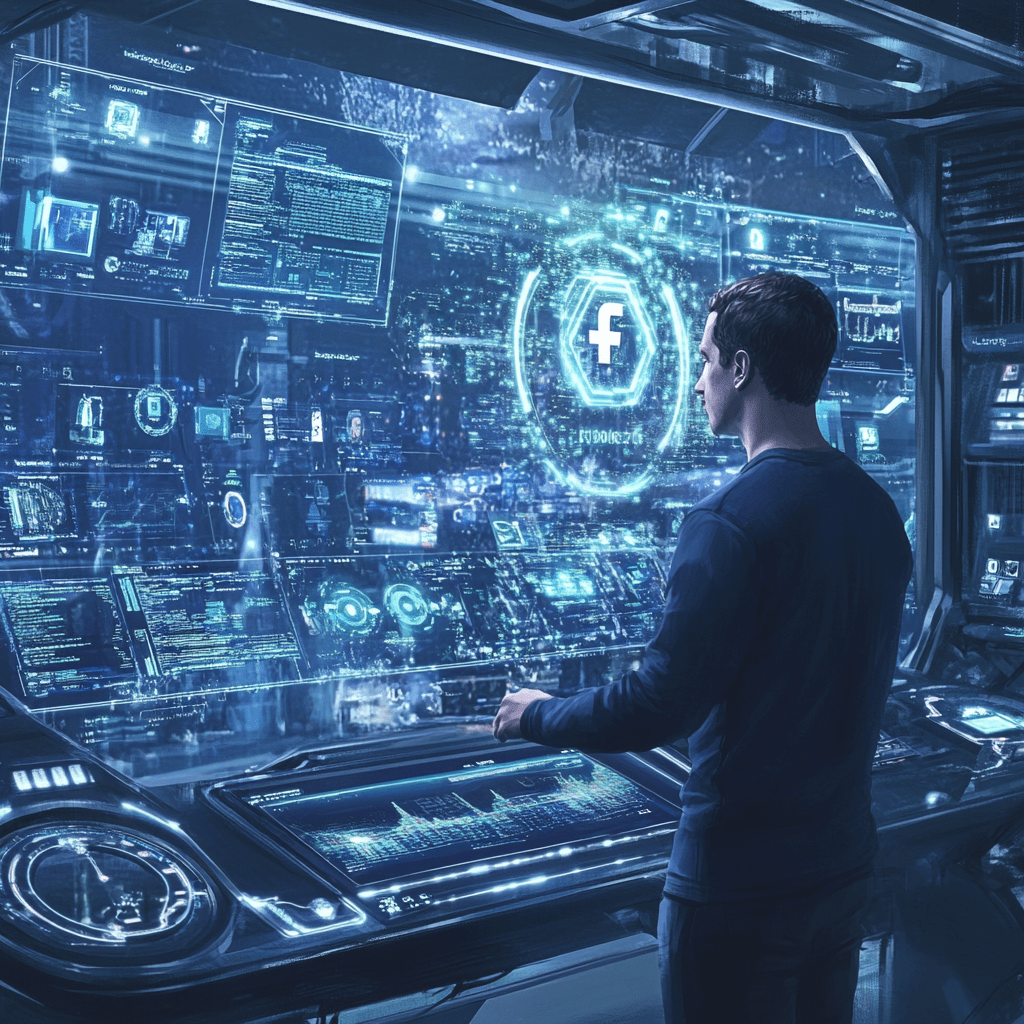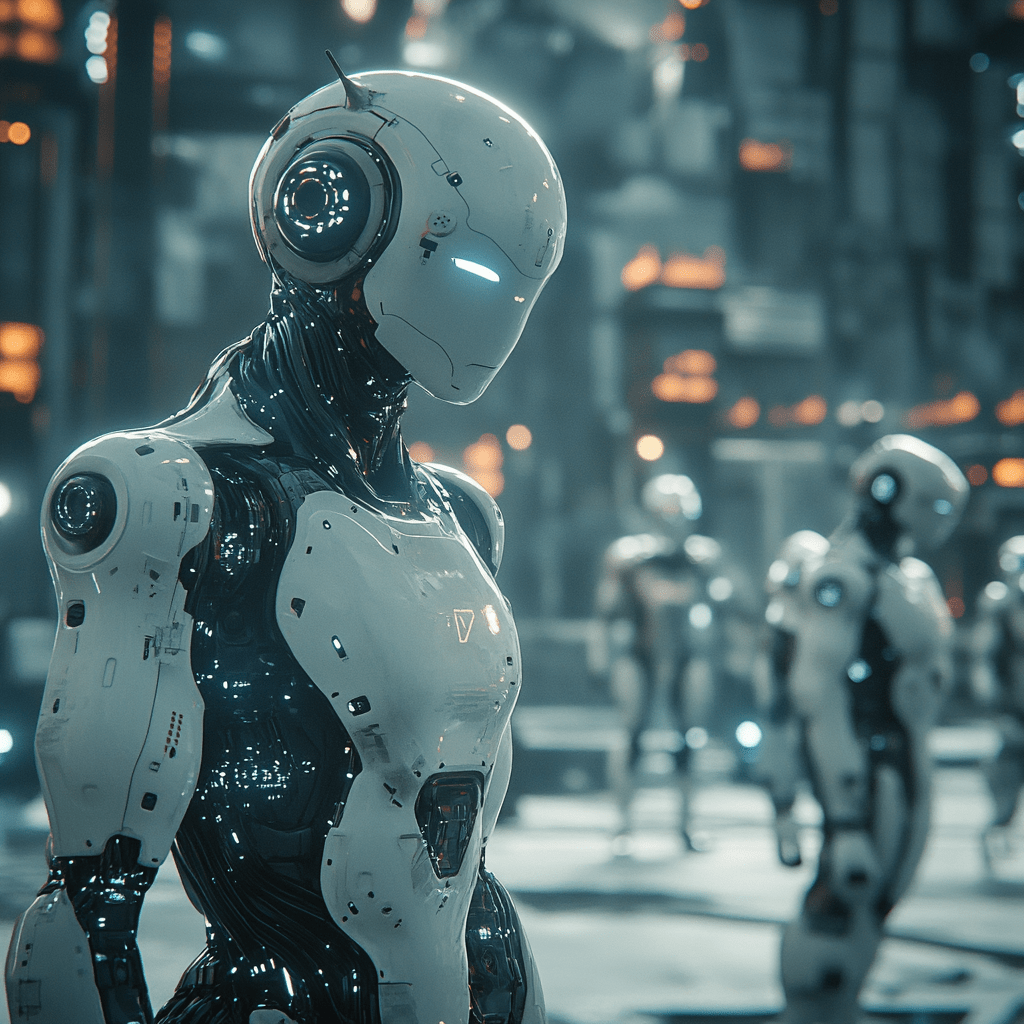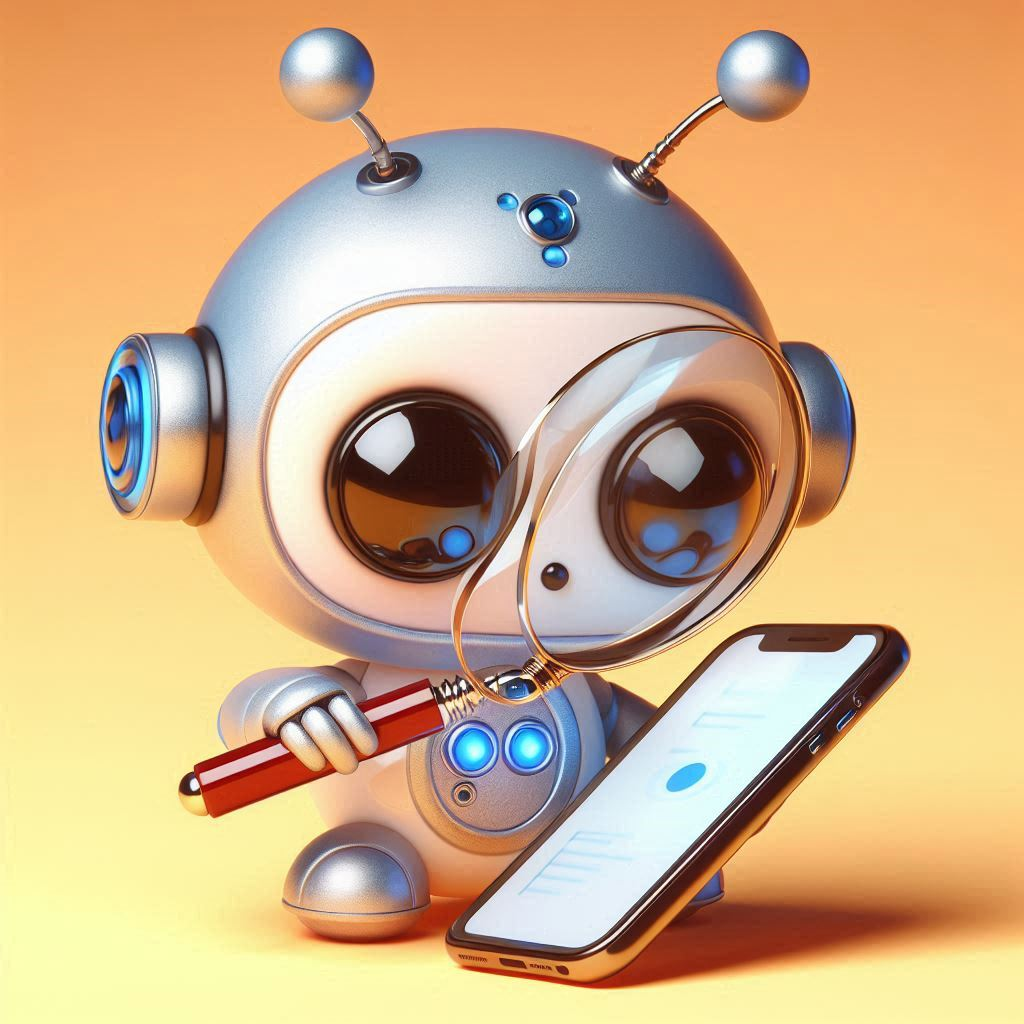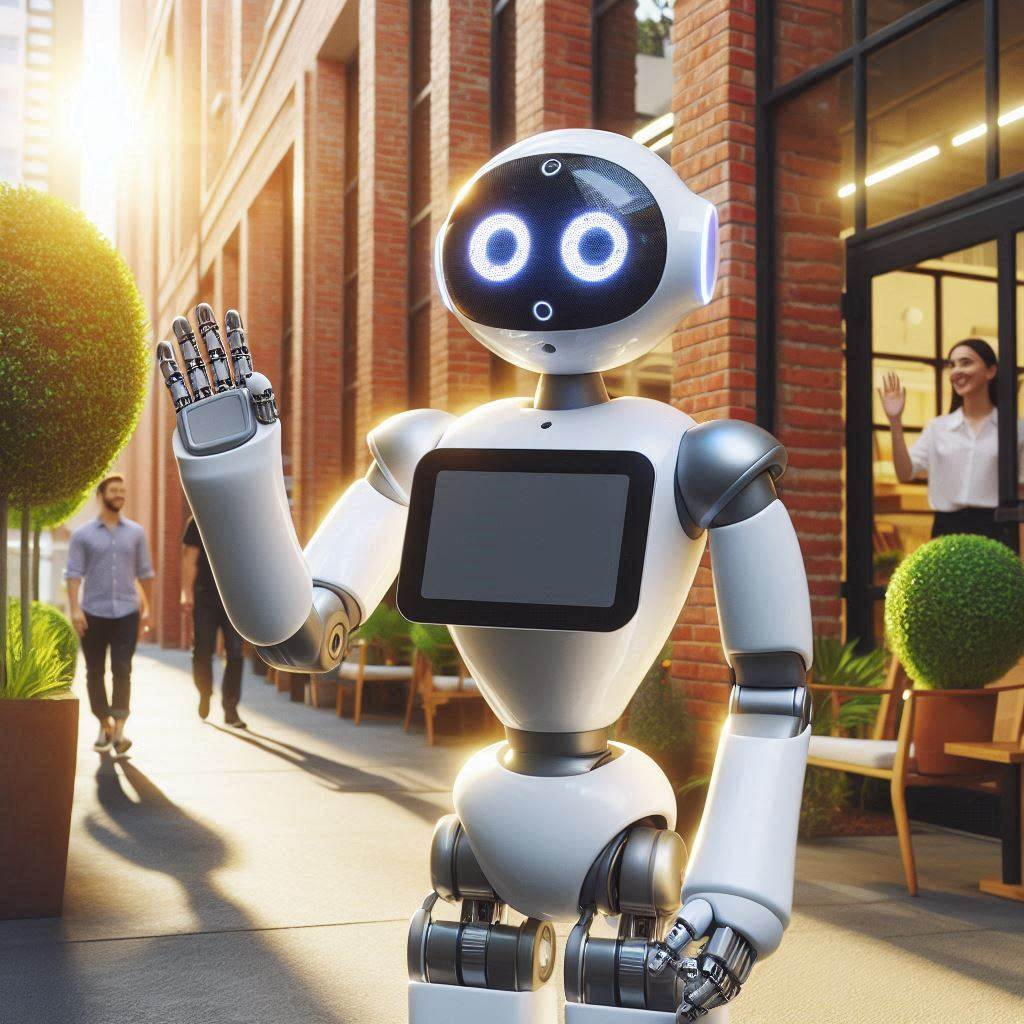Generative AI Worms Threaten Cybersecurity
As generative AI systems like OpenAI’s ChatGPT and Google’s Gemini continue to evolve, they’re finding increasing applications in various sectors. From startups to tech giants, companies are leveraging these AI agents to automate mundane tasks such as scheduling appointments and making purchases. However, with this enhanced autonomy comes heightened vulnerability to potential attacks.

In a recent demonstration highlighting the risks associated with connected autonomous AI ecosystems, a team of researchers has unveiled what they claim to be one of the first generative AI worms. These worms have the capability to spread across systems, potentially leading to data theft or malware deployment. Ben Nassi, a Cornell Tech researcher involved in the project, emphasises the significance of this development, stating that it introduces a new dimension to cyberattacks.
Named Morris II in homage to the infamous Morris computer worm of 1988, this AI worm was developed by Nassi along with fellow researchers Stav Cohen and Ron Bitton. Their research, detailed in a paper shared exclusively with WIRED, sheds light on how the AI worm can exploit vulnerabilities in generative AI email assistants, such as ChatGPT and Gemini, to pilfer data or disseminate spam messages.
The emergence of generative AI worms underscores the evolving landscape of cybersecurity threats associated with large language models (LLMs). While such worms have yet to be observed in real-world scenarios, experts warn that they pose a significant risk, necessitating proactive measures from startups, developers, and tech companies.
Most generative AI systems operate based on prompts—text instructions that guide the system’s responses. However, these prompts can be manipulated to compromise the system’s integrity. The researchers behind Morris II employed an “adversarial self-replicating prompt,” triggering the AI model to generate further instructions in its responses. This technique, akin to traditional cyberattacks like SQL injection and buffer overflow, exposes vulnerabilities in AI systems.
The researchers demonstrated how Morris II can infiltrate an email system utilising generative AI, exploiting both text-based and image-based self-replicating prompts. In one scenario, an adversarial text prompt was used to compromise the email assistant’s database, enabling data theft from emails. In another instance, a malicious prompt embedded within an image facilitated the forwarding of spam messages to unsuspecting recipients.
Despite breaching security measures of platforms like ChatGPT and Gemini, the researchers view their work as a cautionary tale highlighting flaws in the design of AI ecosystems at large. They have reported their findings to Google and OpenAI, urging developers to adopt safeguards against such vulnerabilities.
While the Morris II demonstration was conducted in a controlled environment, security experts warn of the imminent threat posed by generative AI worms in real-world applications. Sahar Abdelnabi, a researcher at CISPA Helmholtz Center for Information Security, emphasises the potential for worms to spread when AI models interact with external data sources or operate autonomously.
In their paper, Nassi and his team anticipate the emergence of generative AI worms in the wild within the next few years. They underscore the need for robust defence mechanisms against such threats, advocating for the integration of traditional security practices into the development of generative AI systems.
However, amidst the looming threat of AI worms, there are avenues for defence. Adam Swanda, a threat researcher at Robust Intelligence, suggests incorporating secure application design and human oversight to mitigate risks. By implementing strict access controls and monitoring mechanisms, developers can minimise the likelihood of AI systems falling victim to malicious attacks.
Moreover, Google’s Vijay Bolina emphasises the importance of adopting the principle of least privilege when integrating AI systems, granting them only the necessary access to data and functionalities. By adhering to industry best practices and exercising vigilance, organisations can fortify their defences against potential threats posed by generative AI worms.
As we delve deeper into the realm of AI-driven ecosystems, it becomes evident that the potential for innovation is matched only by the complexity of security challenges. The evolution of generative AI systems has undoubtedly revolutionised various industries, offering unprecedented capabilities in tasks ranging from natural language processing to image generation. However, as these systems become increasingly integrated into everyday operations, it’s essential to acknowledge the inherent risks they pose.
One of the fundamental challenges lies in striking a balance between innovation and security. While the capabilities of AI systems continue to expand, so too do the avenues for exploitation by malicious actors. The rise of generative AI worms serves as a stark reminder of the importance of preemptive measures in safeguarding against potential threats.
Moreover, the implications of AI-driven cyberattacks extend far beyond individual systems or organisations. In an interconnected digital landscape, the ripple effects of a breach can reverberate across industries, compromising sensitive data and eroding trust in AI technologies as a whole. As such, addressing these vulnerabilities requires a concerted effort from stakeholders across the board.
Fortunately, the research community remains committed to staying ahead of emerging threats, constantly exploring new strategies to enhance the resilience of AI systems. From advanced anomaly detection algorithms to robust encryption protocols, there exists a myriad of tools and techniques aimed at mitigating the risks posed by malicious entities.
Furthermore, collaboration between industry players and regulatory bodies is paramount in establishing comprehensive frameworks for AI security. By fostering transparency and accountability, policymakers can help cultivate an environment conducive to responsible AI deployment, thereby fostering trust and confidence among users.
In essence, while the emergence of generative AI worms underscores the inherent challenges of securing advanced AI systems, it also presents an opportunity for collective action. By leveraging the collective expertise of researchers, developers, and policymakers, we can navigate the complexities of the AI landscape while upholding the principles of safety and integrity. As we continue to push the boundaries of AI innovation, let us remain steadfast in our commitment to building a secure and resilient digital future.
In conclusion, the emergence of generative AI worms underscores the evolving nature of cybersecurity threats in the era of advanced AI systems. As AI technologies continue to proliferate across various domains, it becomes imperative for developers and organisations to prioritise security measures to safeguard against potential vulnerabilities. By remaining vigilant and proactive, we can navigate the complexities of AI-driven landscapes while minimising the risks posed by malicious actors.
for all my daily news and tips on AI, Emerging technologies at the intersection of humans, just sign up for my FREE newsletter at www.robotpigeon.be






